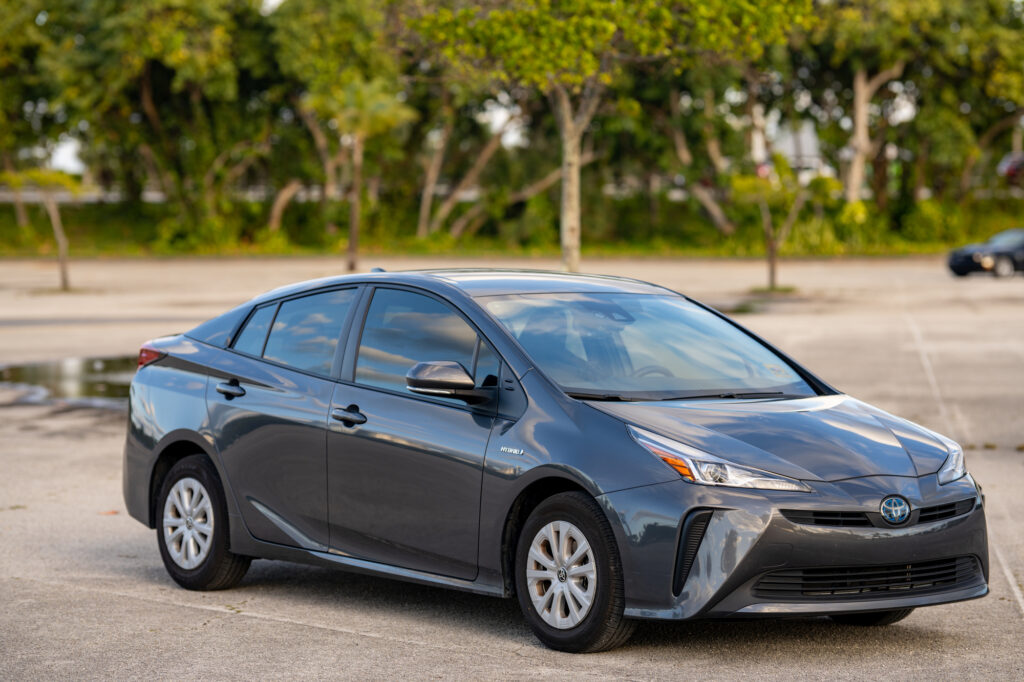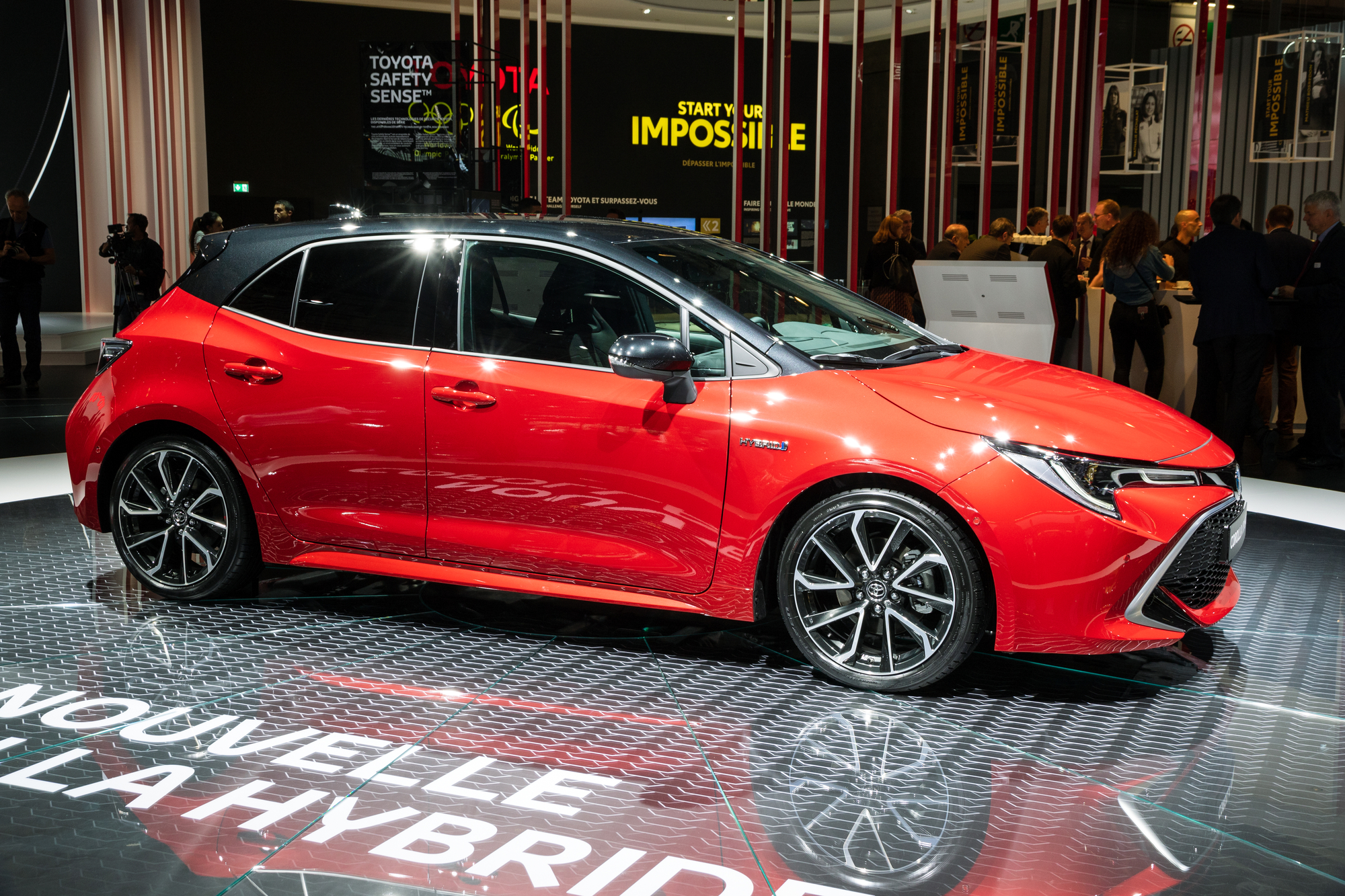Back in the day, Toyota was a pioneer in energy-efficient cars with the hybrid, Prius. Now, it’s become more cautious, not fully embracing electric cars until the BZ4X. However, Toyota believes that hybrids are still more crucial than full EVs for decarbonization.
This might seem like hesitance from a newcomer in the electric car market, especially after their initial electric car received a lukewarm response. But a closer examination reveals that Toyota’s stance holds merit. Hybrids could be more impactful in reducing CO2 emissions than electric vehicles in the near future. The rationale behind this lies in the efficient use of battery resources.
It’s true that electric cars generally emit fewer carbon emissions than traditional combustion engine cars over their lifetimes. However, the practicality of electric cars is hindered by limited driving range, sparse charging infrastructure, and high battery costs.
The availability of EV batteries might not meet the demand in the coming years. Experts predict a surge in demand for lithium, a key battery component, and potential shortages by 2025. This poses a challenge to widespread EV adoption.

So, is it more effective to use batteries in a few high-priced EVs or distribute them among a larger number of hybrids? Research shows that spreading batteries across hybrids could lead to quicker emissions reduction. For example, while an electric Ford F-150 Lightning significantly reduces emissions compared to its gas counterpart, it requires a large battery. In contrast, a Ford F-150 Powerboost hybrid, despite achieving less emissions reduction, uses a much smaller battery. The same battery that powers one Lightning could be used to create 65 hybrid versions.
This pattern is observed with other models too, like the Hyundai/Kia and BMW pairs. The data suggests that maximizing the use of batteries in hybrids could lead to more significant emissions reductions than concentrating them in a few EVs.
While renewable energy can make EVs appear emission-free, their battery use remains inefficient. Fully transitioning to EVs might not yield the immediate decarbonization impact that a broader hybridization approach could provide.
The argument boils down to using a limited battery supply wisely. Rather than focusing solely on a handful of pricey EVs, the auto industry could benefit more from hybridizing a larger portion of new cars. As battery technology advances and supply improves, hybrids could evolve into plug-in hybrids (PHEVs) before eventually giving way to appropriate full EVs.
Although PHEVs have potential, their complexity, efficiency trade-offs, and naming confusion have hindered their adoption. Hybrids, too, took time to gain market share, with EVs catching up more quickly due to favorable government policies.
Presently, government policies are heavily skewed toward accelerating EV adoption, even though the math suggests that prioritizing hybrids could be more effective in the short to medium term. Overemphasizing EVs might actually slow down the decarbonization of the auto industry. It’s essential not to underestimate the role that hybrids can play alongside electric cars in reducing emissions.
There is a strong push towards electric vehicles by the Biden administration. The goal is to eventually have motor vehicles emit zero greenhouse gas emissions to prevent environmental overheating, and this can only be achieved with fully electric vehicles. In contrast, hybrid vehicles, which combine combustion engines with electric motors, always release some carbon dioxide and other pollutants into the air.
However, there is a valid point to consider that the government and car manufacturers might be overly focused on all-electric options, potentially overlooking the benefits of hybrid technology. Initially, it would seem like an unreasonable idea from Toyota, considering their slower progress in electric vehicles. Yet, there is value in the argument that, at least for the time being, hybrids do possess several advantages over EVs.
To illustrate, think of a wagon filled with rocks. These rocks consist of lithium, cobalt, graphite, nickel, manganese, and various components used in lithium-ion batteries. According to Toyota’s deduction, the quantity of rocks necessary for a long-range EV could alternatively accommodate six plug-in hybrids or 90 non-plug-in hybrids. (The latter type relies on engine or braking, for battery recharging.)
Toyota contends that, “the overall carbon reduction of those 90 hybrids over their lifetimes is 37 times as much as a single battery electric vehicle.” If this assertion holds true, it’s an astounding statistic that highlights the potential benefits of hybrids.
And as a side note, the 2023 Toyota Prius, with its appealing design, further supports the practical choice of considering hybrids in the journey towards greener transportation.
While Hybrids are awesome, this electric convertible is getting all the hype! Check out this article: Unveiling the Fisker Ronin $385,000 Electric Convertible














